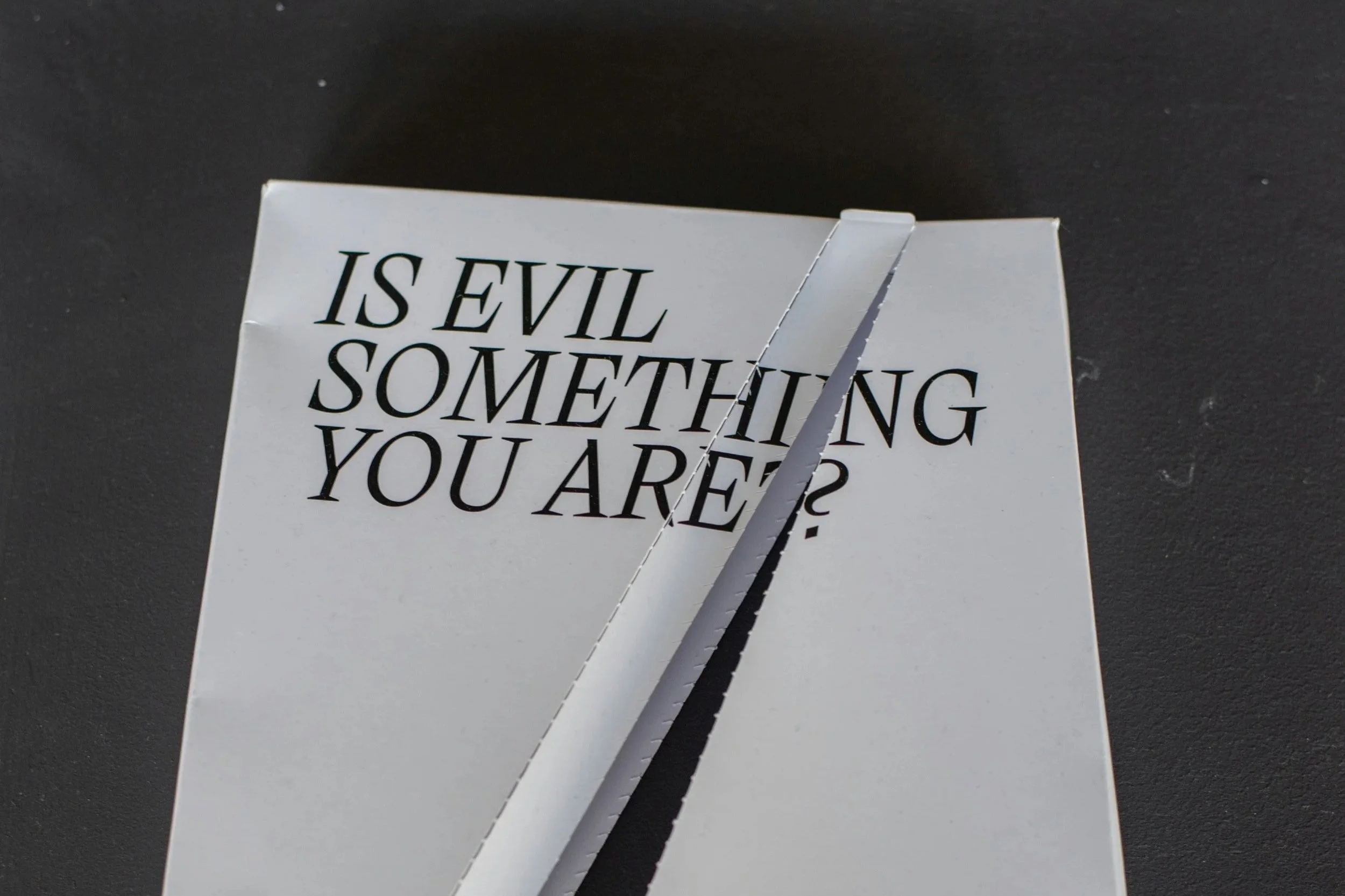When Ethics Meet Creativity: The Morality of Artistic Inspiration
Courtesy of Ivan Vranić
The Ethics of Art, Creativity, and the Dark Side of Imitation
Art has always borrowed from life. The heartbreak, the crime scene, the scandal — we recycle it all into something beautiful or haunting, then call it “inspiration.”
But in an era where entertainment feeds on true stories, blurred identities, and emotional realism, one question keeps echoing through every medium: When should morality intervene in inspiration?
The Allure of the Unethical
Audiences claim to crave authenticity — raw emotion, truth, and “based on a true story” storytelling. But when art reflects something too real, something disturbingly close to human suffering, we turn uneasy.
We cheer for movies that expose corruption or explore serial killers, but we rarely question what it means to profit from pain.
We share documentaries about real trauma but skip over the ethical fine print: whose story is being told, and who gets to tell it?
From true crime podcasts to viral biopics, morality in art has become a performance — curated outrage wrapped in aesthetic empathy.
And the uncomfortable truth?
The more unethical it feels, the more we seem to look.
When Inspiration Turns to Exploitation
There’s a fine line between reflection and exploitation, and art walks it daily.
Fashion, film, photography, music — all thrive on reinterpretation. But when does that reinterpretation cross the line into moral gray?
Is it when artists re-create violence to evoke empathy?
When filmmakers base scripts on real tragedies without consent?
Or when a designer turns heartbreak into profit — commodifying grief for aesthetic?
The digital age has amplified how we consume and commodify reality.
In that noise, inspiration can start to feel like theft dressed in good taste.
The Ethics of “Art Imitating Life”
The phrase art imitates life once carried beauty. Now it feels like a dare. Artists have always been translators of experience — turning chaos into commentary. But the moral dilemma lies in how far they should go to reveal the truth. True artistry is fearless. But at what cost? Morality demands boundaries; creativity thrives without them. So when we ask artists to stay “ethical,” are we protecting humanity — or censoring evolution? Because some of the most iconic works in history — from Taxi Driver to Guernica — emerged from moral disarray. Without discomfort, would art even matter?
The Morality Paradox
Every artist who digs deep enough will eventually find a moral line — and cross it. Morality wants to shield. Art wants to reveal.
Morality is collective. Art is personal. When the two collide, the world either calls it genius or depravity. Sometimes both. But what’s more dangerous — creating from darkness or pretending it doesn’t exist?
The Culture of Consumption
Modern audiences love to judge art as much as they consume it.
We demand empathy but stream exploitation.
We scroll past headlines about tragedy, then binge dramatized versions that make it digestible.
Art isn’t innocent — but neither are we.
If society rewards art born from real pain, how can we expect artists not to reflect it back to us?
The Question That Remains
So, when should morality intervene in inspiration? Maybe the better question is: Should it ever? Art isn’t moral or immoral. It’s a reflection — raw, uncomfortable, and honest. It exists to provoke, not to please. And perhaps that’s the point. Because morality protects life. Art reveals it. And sometimes, revelation requires sin.
Final Reflection:
Art has always tested the limits of morality, and inspiration doesn’t always come with a rulebook. Where should ethics guide creation — and when should they step aside? That’s the question only you can answer.
Scroll down to watch the companion YouTube video, “Monsters: The Ed Gein Story — Have We Gone Too Far With True Crime?” and dive deeper into how morality, true crime, and creativity collide. Don’t forget to like, comment, and subscribe to join the conversation — and while you’re at it, join our newsletter for more insights into art, culture, and controversial creativity.
We want to hear from you: “Where should morality step in — or step back?” Share your thoughts in the comments below, and explore related posts like How Hollywood’s Global Co‑Productions Are Killing Original Storytelling for more critical cultural analysis.
Ryan Murphy’s Monsters: The Ed Gein Story has been out for a bit now, and the conversations around it haven’t stopped. Is this series bold storytelling, or has it crossed into exploitation? In this video, I delve into how The Ed Gein Story explores mental health, obsession, and morality — and how it compares to Dahmer, Pose, and American Horror Story. We’ll explore whether this installment in the Monsters anthology shows growth for Ryan Murphy or continues the same cycle of controversy.
DISCLAIMER FOR ART IMITATING LIFE
While we strive to provide accurate and helpful content on this site, Art Imitating Life makes no warranties or guarantees regarding the accuracy, completeness, or reliability of any information, advice, or opinions shared here. Use of the content on this website is at your own risk, and to the fullest extent permitted by law, Art Imitating Life is not liable for any losses, damages, or other consequences resulting from its use. By accessing and using this website, you acknowledge and accept this disclaimer and agree to its terms.
Our website may contain links to external websites for your convenience. These external sites are not controlled, sponsored, or endorsed by Art Imitating Life. We do not assume any responsibility for the content, availability, or practices of these third-party sites and disclaim liability for any loss or damage arising from your use of them.
